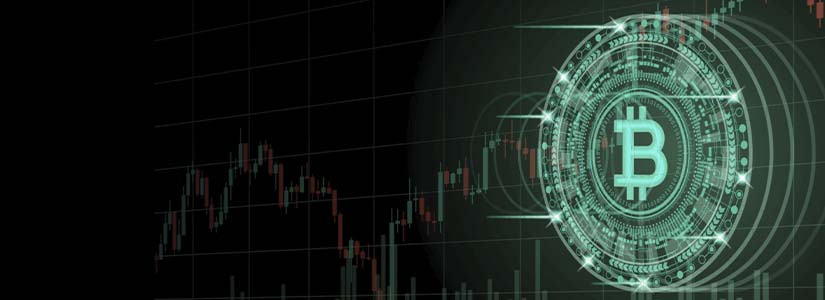TL;DR
- Bitcoin mining difficulty reaches a record high of 80 trillion, indicating greater complexity in creating new blocks.
- The hash rate of the Bitcoin network exceeds 562.81 EH/s, demonstrating growing competition among miners and strengthening the security of the network.
- The next Bitcoin halving, in April, will reduce mining rewards by half, which may affect miners’ profitability and network dynamics.
The ecosystem of the world’s best-known cryptocurrency, Bitcoin (BTC), is experiencing a pivotal moment in its history.
With the recent news that mining difficulty has surpassed 80 trillion for the first time, it highlights the constant and significant growth in the complexity of solving the mathematical problems associated with creating new blocks on the Bitcoin blockchain.
This milestone is accompanied by an increase in the hash rate of the Bitcoin network, which has now reached 562.81 EH/s, according to official data from explorer.btc.
This increase in computing power dedicated to Bitcoin mining underscores the growing competition among miners for rewards, as well as the overall security of the network.
In parallel, the price of Bitcoin has reached $51,890 at press time, marking a return to price levels not seen since November 2021.
This increase in price can be interpreted as a reflection of the renewed interest in Bitcoin by investors and the growing demand in the market.
As Bitcoin Reaches New Highs in Mining Difficulty and Price, Crucial Event Looms
The next Bitcoin halving, scheduled for the end of April.
During a halving, mining rewards are halved, which has historically had a significant impact on mining profitability and network dynamics.
This upcoming halving is expected to reduce rewards from 6.25 BTC to 3.125 BTC, which could lead to an exit of less efficient miners from the market and potentially a decrease in the network’s hash rate.
This event could also influence Bitcoin mining difficulty, as the network dynamically adjusts difficulty to keep block production constant.
As a result, it is crucial to closely monitor how the Bitcoin network will evolve in the coming months, especially in anticipation of the upcoming halving and how this event will impact mining profitability and network security.
The current Bitcoin landscape presents a scenario of growth and change , with new records in mining difficulty and price, as well as the anticipation of the next halving that could have significant repercussions on the network and the market as a whole.











